GUYS TEND TO think of training their chest as zero-sum game. The broad consensus is that you need to bench press—more specifically, to barbell bench press—as much weight as possible, and let the gains pile up. In reality, that's not an effective way to build your chest. It's not even the smartest way to build a stronger bench press. To do that, sometimes you need to change implements (and even your base of support) to focus on different aspects of the lift with exercises like the floor press.
The principle behind the floor press is simple, and right there in the name: You're moving from the bench to the floor. In doing so, you'll be doing more than just shifting your position. You'll be cutting the exercise's range of motion drastically—which allows you to emphasize and strenghten aspects of the lift that will pay off when it comes time to move back up to the bench.
There's more to the floor press than just hitting the deck and pressing up. To make the most of the movement, you'll need dialed-in form. Let Men's Health fitness director Ebenezer Samuel, C.S.C.S. and senior editor Brett Williams guide you through the cues you'll need to master the floor press, saving you from the bad habits that are keeping you from unlocking your strength and muscle gains.
How to Do the Floor Press
Take note of these additional cues from Samuel to shore up your floor press form:
Abs and Glutes Tight
Eb says: You're on the floor for a floor press, but you're not lying down on the job. You still want to create tension through your core and glutes, just as you would when on the bench press, because you're using this to train your bench press. Don't relax on the floor. Stay tight.
Arms Down Slowly
Eb says: The floor press isn't an excuse to skip out on the good eccentric contractions. Slowly lower the dumbbells (or barbell), letting your elbows touch the ground softly. If you don't do this, you're missing out on one of the best parts of the movement.
Once you learn it, you get to go heavy with the floor press, challenging yourself with potentially greater loads than you might normally bench, and owning the negative gives you a chance to assert control over that load. That'll translate to greater control when you do the classic bench with larger weights.
Explode Upwards
Eb says: The floor press is a great way to work on heavy-weight lockouts at the elbows for your standard bench press. Take advantage of that and be powerful and strong firing upwards on every rep.
Explosion is key, so don't be slow. If you're too slow, you're wasting the opportunity to hone your bench press.
Benefits of the Floor Press
THE FLOOR PRESS is a great exercise for you to program into your chest day for a few reasons. The shortened range of motion from the standard bench press (your elbows can't go past your shoulders since the floor is in the way) makes the exercise much friendlier for anyone with shoulder issues. You'll still be able to perform a horizontal press with a heavy load and protect your shoulder joints. There's another benefit to that shorter range of motion: You'll be able to work with heavier weights to hone the lockout portion at the end of the press. That can make your standard press even stronger, while also providing a stimulus for muscle growth.
Muscles Worked By the Floor Press
THE FLOOR PRESS is, as a horizontal press, going to recruit your chest muscles (the pectorals). Your triceps will assist with elbow extension as well. If you shift into the hollow hold position, you'll also be training your core muscles.
Common Floor Press Mistakes
THE FOCUS ON the floor press should always be on form—not on gutting out the heaviest reps possible. If you're working with heavy weights, you're most likely focused on strengthening the lockout of your standard bench press. Since that's the case, don't compensate your form to finish out a rep by arching your back. Make sure to maintain full-body tension by squeezing your core and glutes and driving your heels into the floor. When you perform multiple reps, don't bounce your arms off the floor to move into the next one.
To keep your shoulders in a safe position, you should also make sure to avoid pressing with your arms straight out, in line with your shoulders. Your elbows should be at a 45 degree angle relative to your torso.
How to Add the Floor Press to Your Workouts
WHEN YOU WANT to do the floor press with heavy weights as a principle movement in your chest day routine, aim for 3 sets of 8 to 10 reps. As a secondary move to compliment a standard bench press (or from the hollow body position), work with lighter weights and start at 3 sets of 10 to 12 reps.
Want to master even more moves? Check out our entire Form Check series.










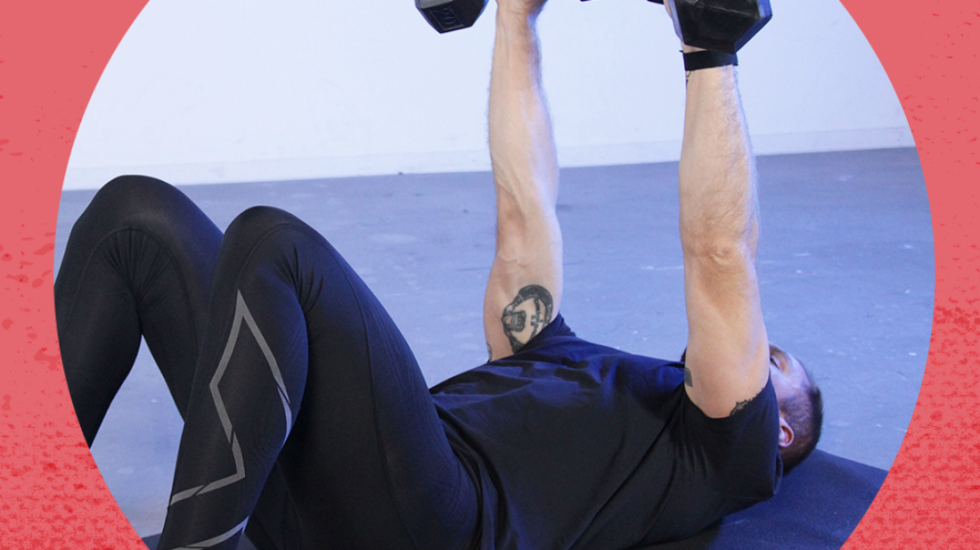





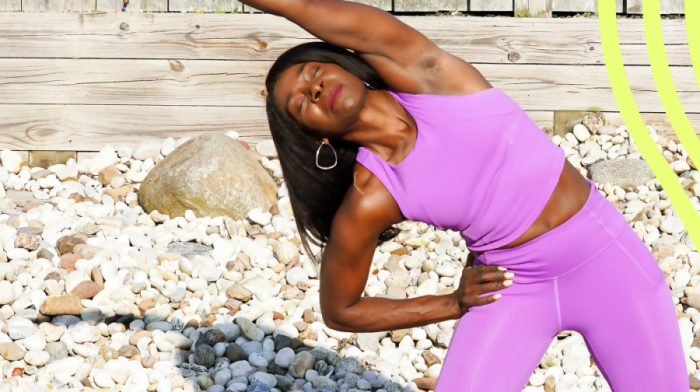




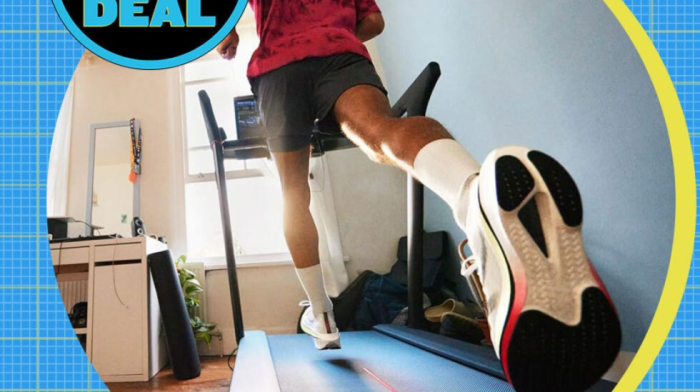

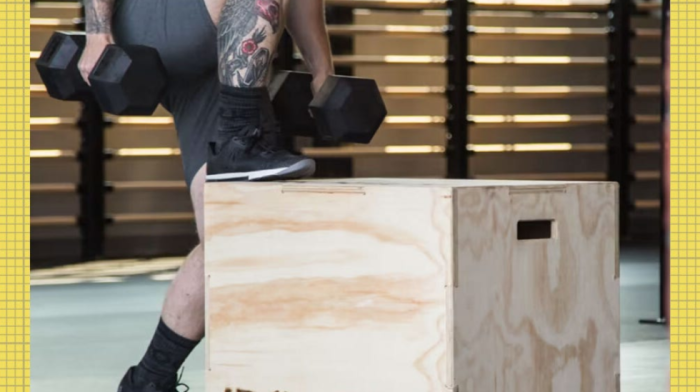

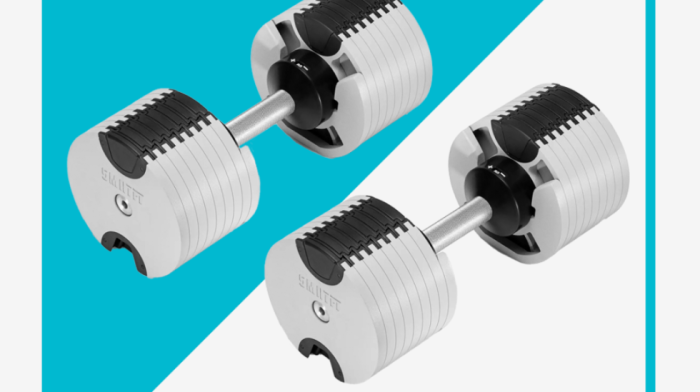
Comments (0)